- You are here:
- Home »
- AI Tool Reviews
Category Archives for AI Tool Reviews
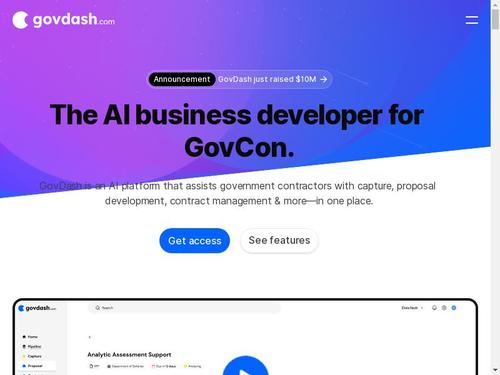
Olli AI Review
In today’s rapidly evolving technological landscape, managing vast amounts of data efficiently has become a critical challenge for businesses and organizations. Enter Olli AI, a cutting-edge data management tool designed to streamline and optimize the handling of complex datasets. This innovative platform promises to enhance data organization, improve accessibility, and ensure accuracy through advanced artificial […]
Continue reading
Claid.ai Review
In an era where visual appeal is crucial for capturing consumer attention, businesses are continually seeking innovative solutions to streamline and enhance their product imagery. Enter Claid.ai, a cutting-edge AI tool designed to revolutionize the way product images are created and optimized. This review delves into how Claid.ai leverages artificial intelligence to offer a transformative […]
Continue reading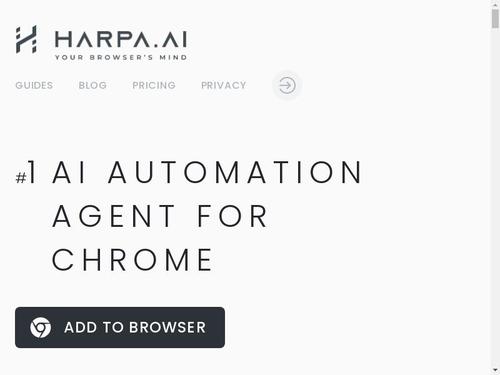
Harpa.ai Review
In the rapidly evolving world of digital tools, AI-powered extensions have become indispensable for enhancing productivity and streamlining workflows. Among the burgeoning options available, Harpa.ai has emerged as a notable player in the AI chrome extension arena, promising to revolutionize the way users interact with their browsers. This article delves into an in-depth review of […]
Continue reading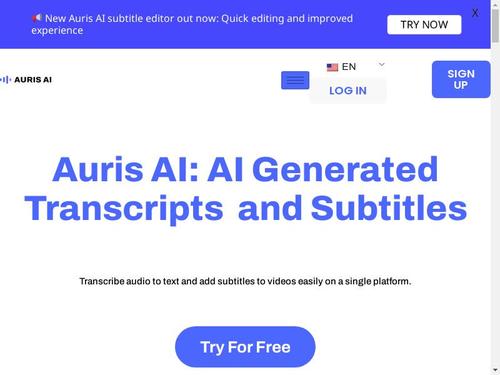
Auris AI Review
In the rapidly evolving world of technology, transcription tools have become indispensable for both professionals and casual users alike. Among the latest innovations in this field is Auris AI, a cutting-edge transcription tool designed to streamline the process of converting spoken language into written text with remarkable accuracy and efficiency. This review delves into the […]
Continue readingMomento AI Review
In the rapidly evolving landscape of artificial intelligence, Chrome extensions have emerged as a key tool for enhancing productivity and streamlining digital workflows. One such innovation making waves is Momento AI, a cutting-edge extension designed to bring advanced AI capabilities directly to your browser. This tool aims to transform how users interact with online content, […]
Continue reading
Beebee.ai Review
In an era where artificial intelligence is rapidly reshaping industries across the board, the financial sector is no exception. Among the latest innovations making waves is Beebee.ai, a cutting-edge AI finance tool designed to streamline investment strategies and enhance financial decision-making. This review delves into how Beebee.ai leverages sophisticated algorithms and machine learning to offer […]
Continue reading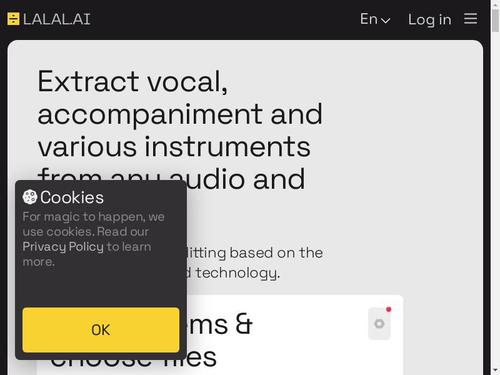
Lalal.ai Review
AI audio tools are transforming the way content creators, musicians, and audio engineers work with sound. Among these tools, Lalal.ai has gained attention for its ability to isolate or extract vocals and instrumental tracks from audio files. Whether you’re looking to remix a song, remove background noise, or simply experiment with your favorite tracks, Lalal.ai […]
Continue reading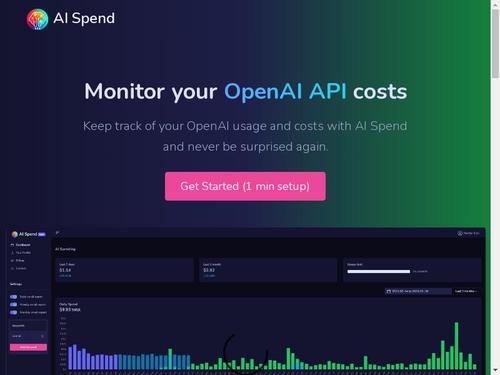
AI Spend Review
In the rapidly evolving landscape of financial technology, the emergence of AI-powered tools is transforming how individuals and businesses manage their finances. One such innovation making waves in the industry is the AI Spend Review tool. Designed to provide users with a comprehensive and intuitive approach to financial management, this cutting-edge platform leverages artificial intelligence […]
Continue reading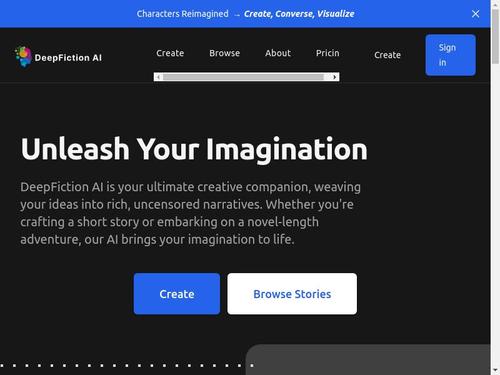
Deepfiction.ai Review
In the ever-evolving landscape of artificial intelligence, the emergence of advanced AI tools has revolutionized various creative industries, including storytelling. One such innovative platform making waves is Deepfiction.ai, an AI story generator that promises to transform how narratives are crafted and consumed. By leveraging sophisticated algorithms and vast datasets, Deepfiction.ai aims to provide users with […]
Continue reading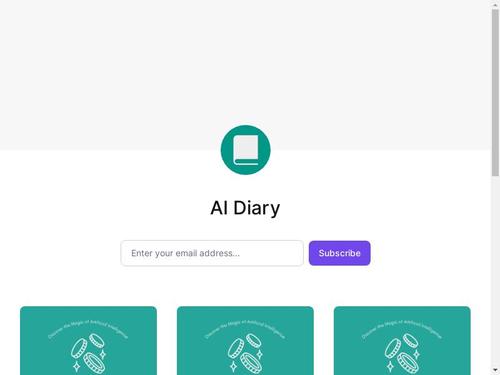
AI Diary Review
In the rapidly evolving world of technology, artificial intelligence continues to push the boundaries of what’s possible, particularly in the realm of personal productivity and well-being. One of the most intriguing innovations in this space is AI Diary, an advanced lifestyle tool designed to revolutionize the way we manage our daily lives. By seamlessly integrating […]
Continue reading